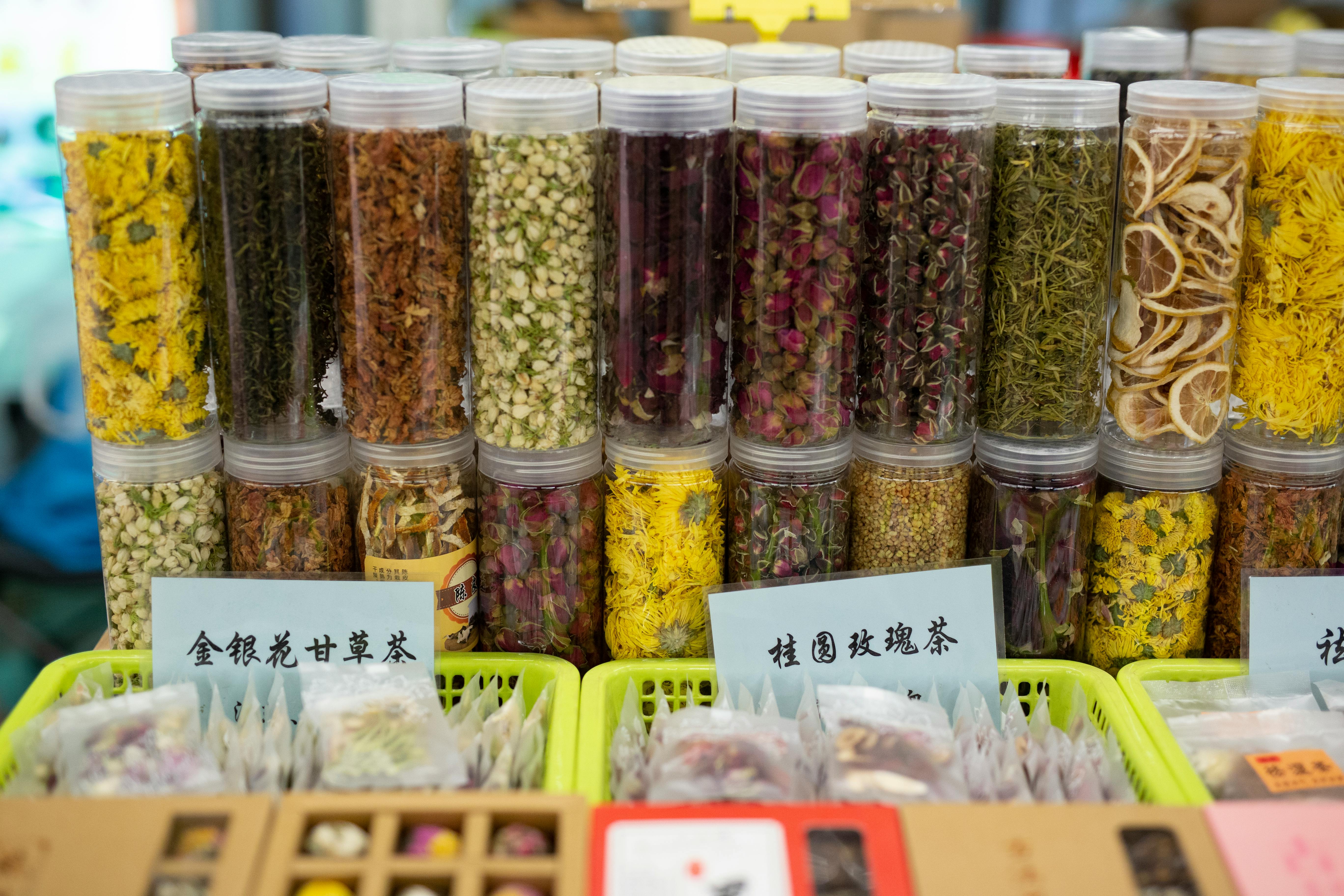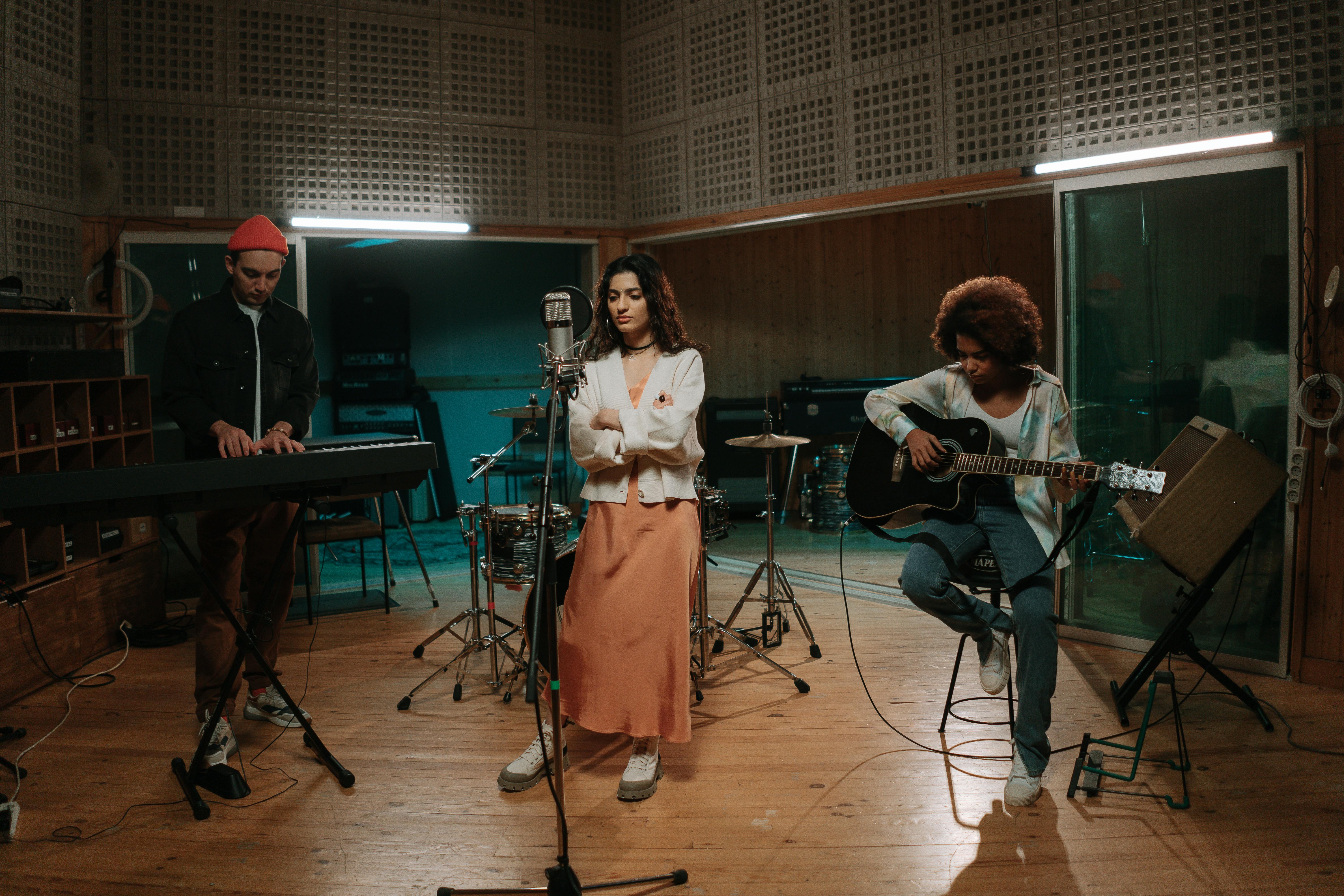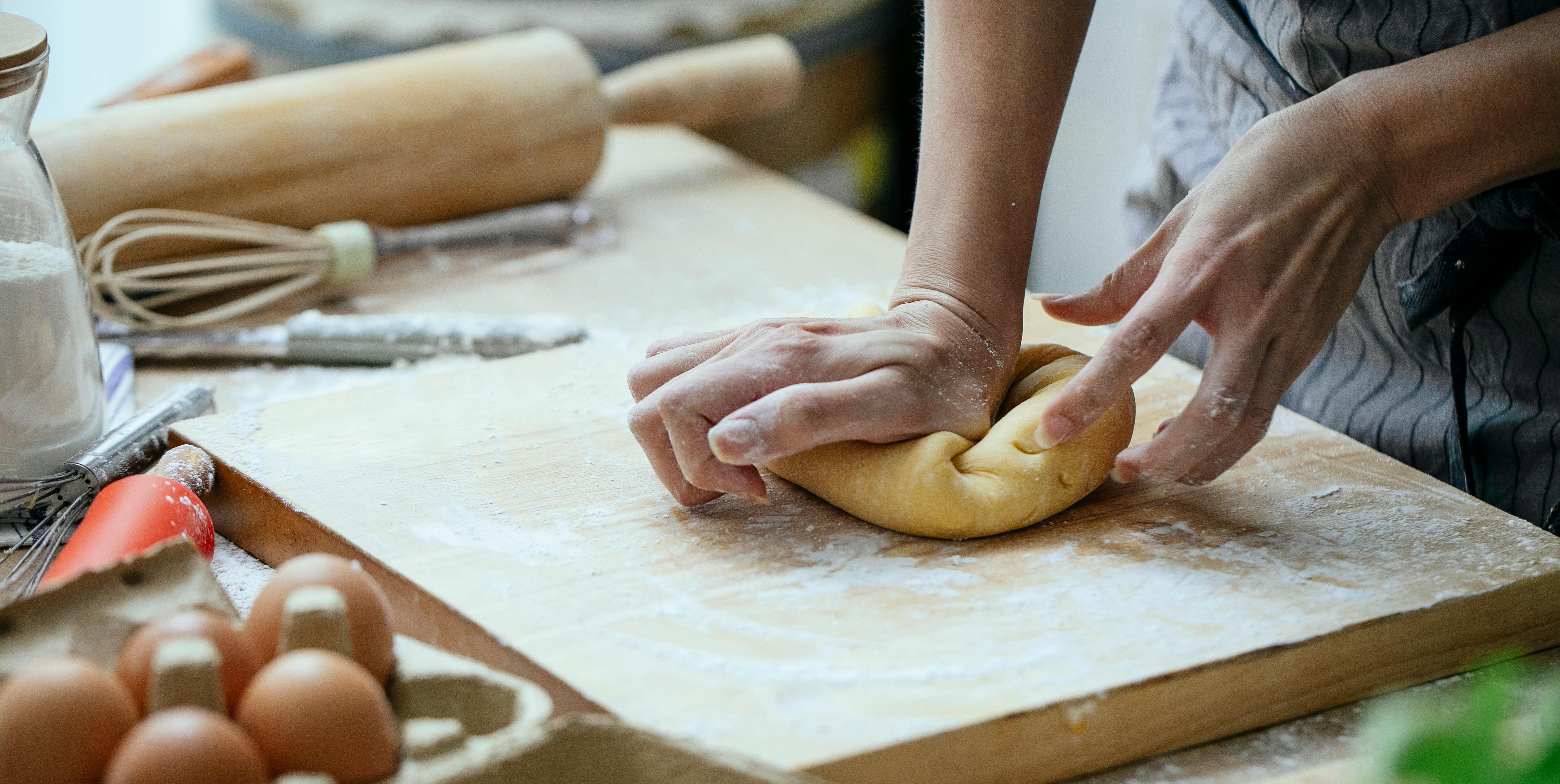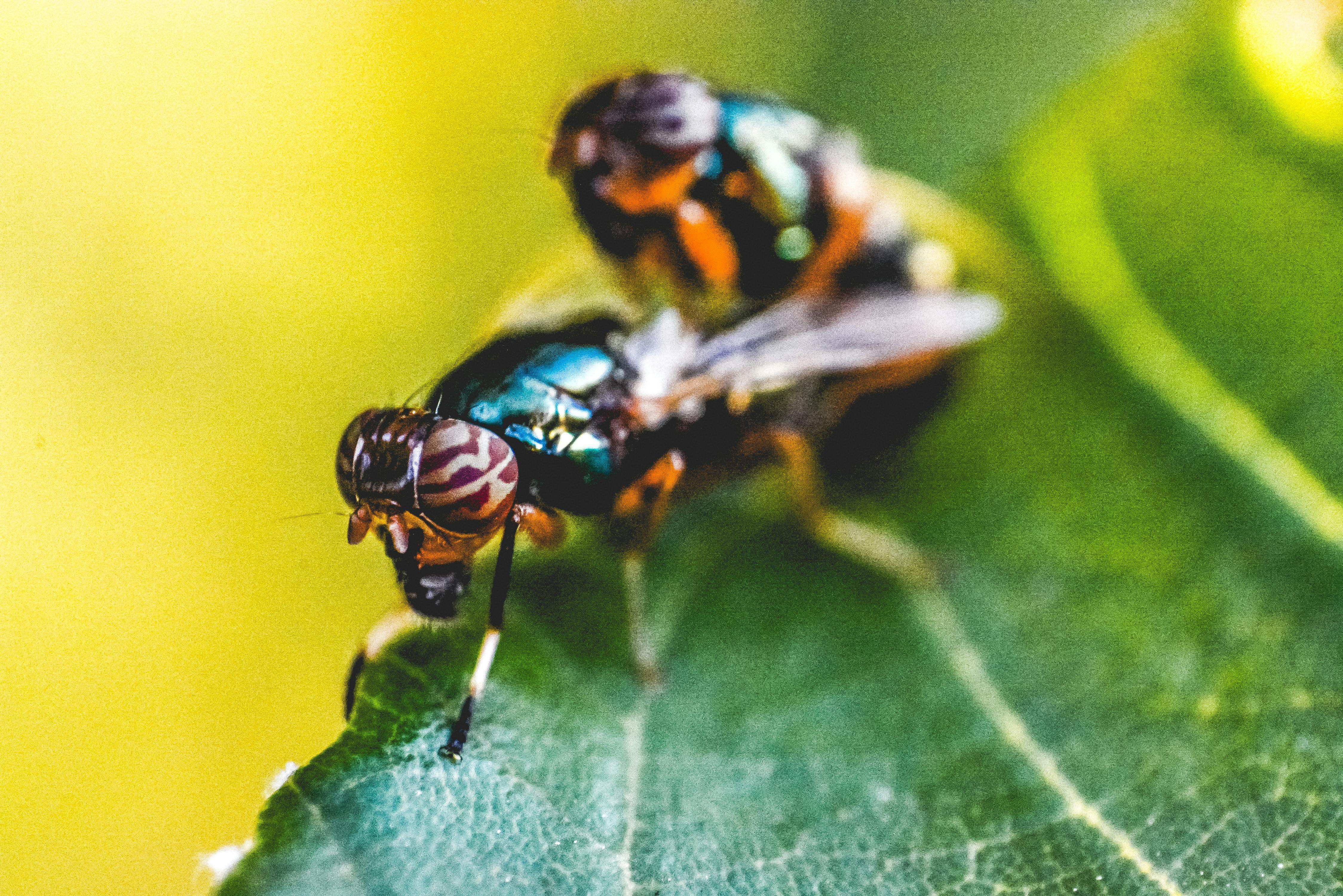Doujinshi: A Platform for Artistic Freedom and a Gateway to the Professional Manga Industry
Doujinshi are amateur manga created in small numbers by art circles and sold at specific conventions. Some of these conventions are small in scale, while others are notoriously large. The largest doujinshi convention – Comic Market (or Comiket for short) attracted more than 590 thousand attendees in December 2011. Doujinshi can feature characters from popular manga with a new plot or a different setting, but can also offer stories, characters and original worlds. Since doujinshi are self-made and do not need to adhere to the strict censorship guidelines imposed by professional publishers, the artists behind them enjoy almost a free hand when it comes to both the stories of their doujinshi and their production. representation. The conventions at which doujinshi are bought and sold tend to be lenient in their attitude towards nudity, but enforce, to some degree, the depiction of violence or political views. Problematic doujinshi will have to be redrawed or censored before being approved for publication.
The relative freedom found in doujinshi allows artists to fully express themselves without legal or bodily restrictions. This has led to experimental, avant-garde and artistic doujinshi. It also made it possible to publish doujinshi based on existing popular manga series without the need for complicated legal permissions. The freedom that doujinshi publications allow has not been ignored by professional manga artists. Several famous artists, such as Yoshitoshi ABe and Akamatsu Ken, draw doujinshi as a break between their professional jobs. Creating doujinshi gives them the freedom to create whatever they want (instead of following the instructions given to them by their supervisors and editors at their respective companies) and also allows them to interact with their fans more intimately.
Although doujinshi are a non-commercial product, they can attract many fans if skillfully drawn. Circles with talented manga artists tend to become famous and sell all their copies faster than others. As skilled artists tend to stand out, doujinshi conventions have attracted talent scouts from major publishers looking for new and up-and-coming artists to add to their companies’ arsenal. Some famous manga artists started out as doujinshi artists and were later discovered by publishers and transitioned into professional manga drawing. Such pros include Akamatsu Ken (Love Hina), Takahashi Rumiko (Ranma 1/2), Clamp (Card Captor Sakura), and Tony. As some of these artists continue to publish their own original doujinshi alongside their professional manga, there have been cases where a well-known professional artist’s doujinshi ends up being adopted by their publisher and made into a professional product. Such instances include:
- Yoshitoshi ABe’s Haibane Renmei doujinshi that was adapted into an anime series.
- Tony’s illustrations of Crypton’s Hatsune Miku, which was later endorsed by the official company and published as an official trade art book.
- Amano Kozue’s Aqua doujinshi that was adapted into the Aria commercial manga (and later spawned an anime series).
Some of these artists, who began their careers as amateurs drawing doujinshi for small events, have contributed greatly to the evolution of the visual presentation of both amateur and commercial manga over the years.



